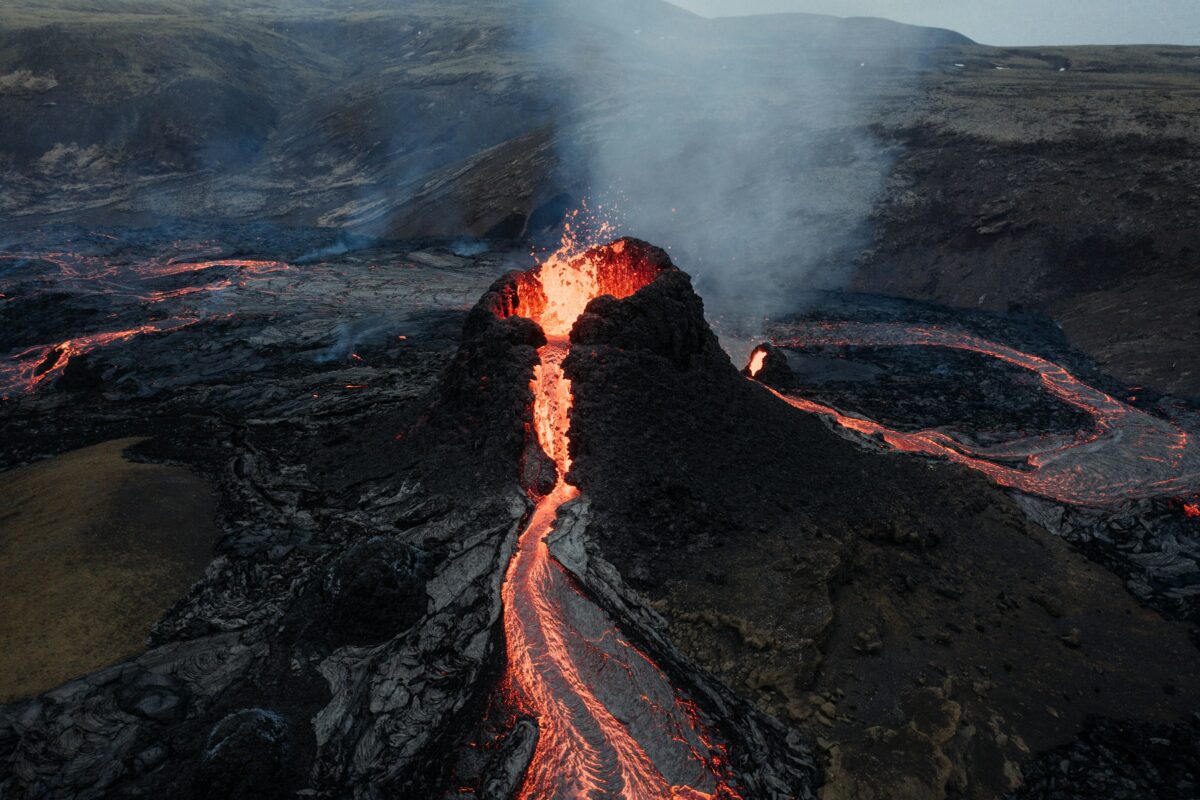Scientists Warn Alaska’s Mount Spurr Could Erupt Soon—And It Won’t Be Subtle
It looks like Mother Nature has something big in store. Scientists are now warning that Mount Spurr—one of America’s most volatile volcanoes—could erupt soon. And let’s just say, this isn’t the kind of “climate change” the left is always screeching about.
Located just 80 miles from Anchorage, Mount Spurr has been showing clear signs of waking up. The Alaska Volcano Observatory (AVO) has reported a surge in gas emissions, new fumaroles (volcanic gas vents), rising earthquake activity, and ground deformation—all telltale signs that fresh magma is moving beneath the surface. And when that happens, an eruption is usually just a matter of time.
https://twitter.com/TheCalvinCooli1/status/1900017844298956871
When Spurr Blows, It’s Big
Scientists predict an eruption could happen within weeks or months—possibly even sooner if activity escalates. And if history is any indicator, this won’t be a quiet event.
The last major eruption in 1992 blasted an ash cloud 65,000 feet into the sky, disrupting air travel, covering parts of Alaska in volcanic dust, and making life miserable for anyone caught in its path. That event lasted several months, with three major explosive eruptions between June and September.
And this isn’t just a one-off event. Alaska sits on the Pacific Ring of Fire, one of the most seismically and volcanically active regions on Earth. The state is home to 90 active volcanoes, including Mount Redoubt, Augustine Volcano, and Novarupta—the latter being responsible for the largest eruption of the 20th century in 1912, which turned daylight into darkness and reshaped the landscape.
What’s the Worst-Case Scenario?
For now, experts believe the most likely scenario is a short-lived but powerful eruption, similar to 1953 and 1992, with massive ash plumes stretching for hundreds of miles.
The worst-case scenario? A prolonged eruption that could severely impact air travel, the environment, and daily life in southcentral Alaska.
What’s Next?
Scientists are keeping a close watch and expect even more seismic activity and gas emissions leading up to the eruption. If you live near Anchorage, it might be time to keep a mask handy—not for COVID, but for volcanic ash.




Leave a Comment